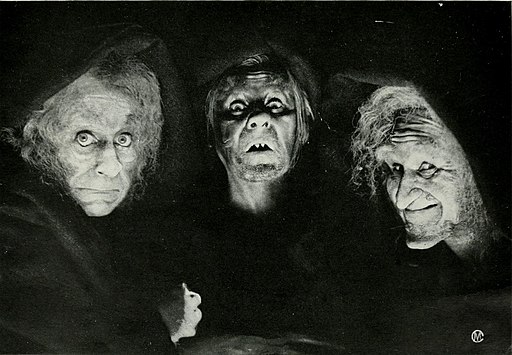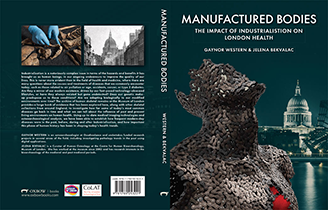Hanging onto our youth
The recognition that age doesn’t have to be restrictive and that we can adapt well to our longer years reflects our positive mental attitude towards old age these days.
Making ourselves look and feel confident as we age is key to staying happy. This includes not only adapting our surroundings to suit our less capable bodies but a whole array of cosmetic interventions designed to defy the physical appearance of our bodies ageing.
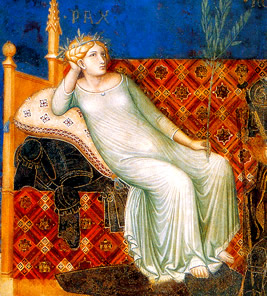
Medieval lady. Siena Pantocrator mosaic in Baptistry (cc by nc-nd 2.0 https://www.flickr.com/photos/jimforest/4730444361)
While the physicality of men to be able to carry out work has always been emphasised for defining old age, for women, beauty and fertility appears to have been more the focus.
This has a long history. Descending into old age for women in the medieval period was the relinquishing of fertility, the epitome of feminine beauty, as signified by the physical symptoms of the menopause. This marked the end of her journey from maid, to wife and finally to widow. The body and especially the face began to acquire male traits as her femininity diminished to an androgynous state.
Having the money to pay for beautifying treatments to stave off the effects of ageing, however, was the privilege of wealthier women. As pointed out by Lynn Bothelo, William Shakespeare questioned the sex of the three witches in Macbeth: ‘You should be women, and yet your beards forbid me to interpret that you are so'.
She found numerous references to poor, old women with facial hair, both visually and in print in early modern England, pandering to the stereotype of the old hag or witch. In contrast, gentlewomen had numerous `beautifying waters, oyls, oyntiments and pounders, to adorn and add loveliness to the face and body', including those for the removal of facial hair.
Looking more youthful gives us a psychological boost about ageing and has increasingly become an aspiration for both men and women. High status Georgians of both sexes paid great attention to their appearance and invested in false teeth and wigs.
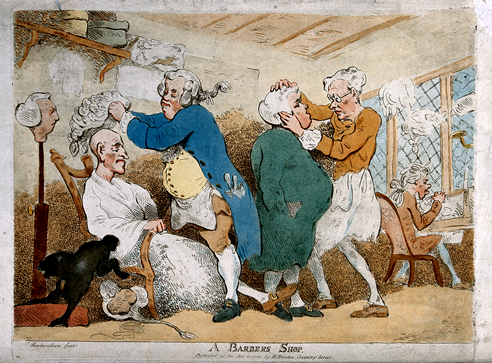
A barber's shop in which a fat barber places a wig on an old bald-headed man, an assistant barber who wears spectacles fits a wig on a stout man, in the right hand background a man sits on a chair facing a window, and in the left hand foreground a dog fouls a wig. Coloured etching after T. Rowlandson (Credit: Wellcome Collection, cc-by/4.0)
Eventually, particularly from the 1800s onwards, hygiene and beauty products became more accessible and affordable to the masses, with the formulation of well-known brands used for skincare to try to diminish the visibility of wrinkles and ageing spots. Johnson and Johnson, for example is a global brand founded in 1896 that has continually met the consumer demands in producing pharmaceutical products eventually including anti-ageing skin creams.
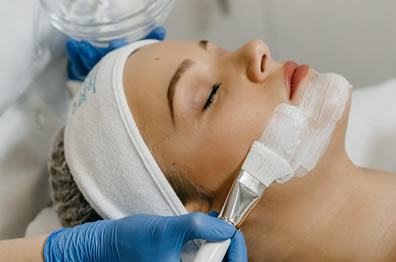
Beauty treatment
Medicine and cosmetic treatments have a long and intertwined history in the battle against age. These days, botox fillers, hair implants, laser hair removal and facelifts utilise medical procedures to continue to provide us with an illusion of youth. And they aren’t cheap. As observed by Marketwatch, ‘our fear of wrinkles has manifested a global anti-ageing industry’ that today is worth $421.4 billion.
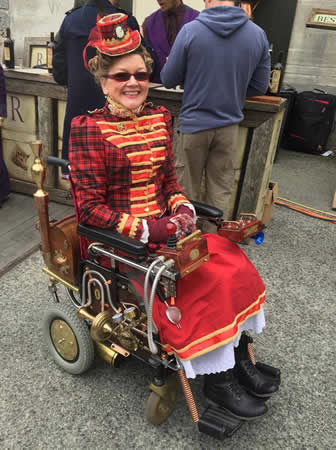
Steam punk wheelchair (https://emporioefikz.tumblr.com/post/136771322985/working-steam-punk-wheel-chair-this-young-lady)
The physical aspects of old age have also led to an explosion in the market for mobility aids, grab rails, stair lifts, ramps and walk-in showers for homes. The elderly are no longer expected to be confined to their beds. Furthermore, the Equality Act 2010 expects shop owners and service providers to make reasonable adjustments to their premises to allow access to all, including wheelchair users.
The first self-propelled wheelchair was made in 1655, so it’s taken us a while to catch up with the idea that public accessibility for wheelchair users is both possible and necessary. Though wheelchairs were first created for those with medical impairments to mobility such as paraplegia, now mobility scooters are synonymous with old age, allowing us to live much more independently in our dotage and get up to mischief for even longer!








